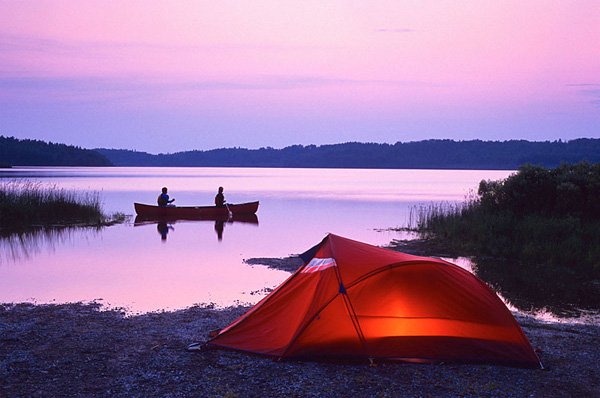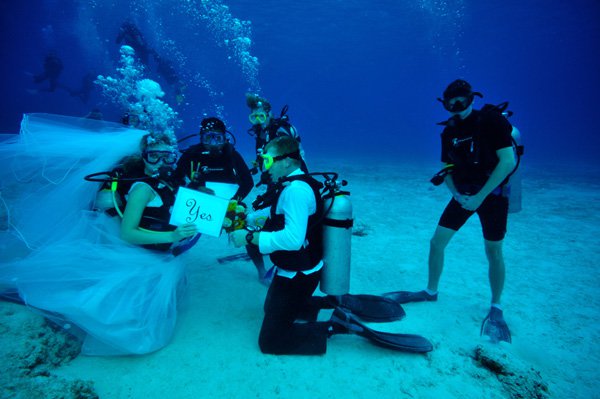Family Boating: Lose One Ski, Increase Your Fun
It's your turn. As you're putting your skis on, you hear another boat going by. You look just in time to see a skier going by on just one ski. You think to yourself,"that looks like fun; I wish I could do that". If you can ski on two skis, then there is no reason why you can't ski on one ski also. I have to admit it. Skiing on one ski is good for the ego too.
The first thing to understand is the rather simple physics involved. The physics that I'm talking about aren't college level gobbledygook. It's really quite simple. If I weigh 180lbs and I'm skiing on two skis, then each ski is supporting 90lbs of my weight. If, however, I only ski on one ski, then that one ski has to support all of my 180lbs.
This fact of physics means that a child that is accomplished on two skis can probably easily make the transition to one ski This goes for small adults also. By the same token, the adult that weighs over 200lbs is going to have trouble getting launched on just one ski.
In my article about teaching children to ski, I recommended using the smallest boat and motor possible. When skiing on one ski, it's best to use the biggest motor that you can get ahold of. The slalom skier needs to be pulled out of the water as fast as possible. The boat driver can always throttle back after the skier gets up.
The method for launching on one ski consists of several steps to keep in mind:
1) Have the boat pull the rope taunt while you stabilize yourself in the water with your free foot.
2) In this next step, several things need to happen almost at the same time, so it is a very important one. Hold the ski almost straight up and down, but do not lock your knees. A lot of people try to get up on one ski by locking their knees in the water and then try to let the boat pull them up. They hope that the boat will get them out of the water. I've seen people use this method many times, but I've never seen it work. The faster they get going, the more their ski wobbles back and forth until finally the skier has to let go of the rope.
Even without having the knees locked, there is no way around the fact that the ski will try to wobble during the launch.
To help control this wobble, I would recommend using a rope made for skiing with two skis. Such a rope usually terminates into a single handle. Ropes that are made for slalom skis are split about six feet from the end, then terminate into two small handles, one for each hand. I prefer the rope with a single handle because you can control the wobble by pushing the ski against the rope during the launch while you are in the water.
Yell for the boat to go.
Put your foot into the rear binding just after you yell for the boat to go.
As the boat starts to move, pull the tail of your ski up towards your bottom, but leave the tip out of the water.
Hold the ski up against the rope to stop the wobble that I talked about before.
3) Just after the boat starts to get going, it's time to try standing. As soon as you stand up, it is vitally important that you lean back away from the boat and head out to the side. If your right foot is forward on the ski, you should go to the right. If your left foot is forward on the ski, you should go to the left. Following these recommendations will result in an easier, more comfortable ride your first time.
4) On the first tow, I would also recommend not crossing the wake. Try making small turns, but stay to the side.
5) When approaching waves, lean against the boat. When people approach waves on two skis, they tend to lean forward, which is okay; however, if you do the same thing on a slalom ski, disaster will strike, because if you lean forward, the dreaded wobble will start.
Remember that it is extremely important to hold your ski against the rope during the early part of the launch. I consider this tip to be the single most important step to getting up on one ski.
Have fun!!!
The Similarities Between Jet Skis and Snowmobiles - Recreational Vehicles for All Seasons
Jet Ski Ratings - Founding Factors Of Our Opinions


